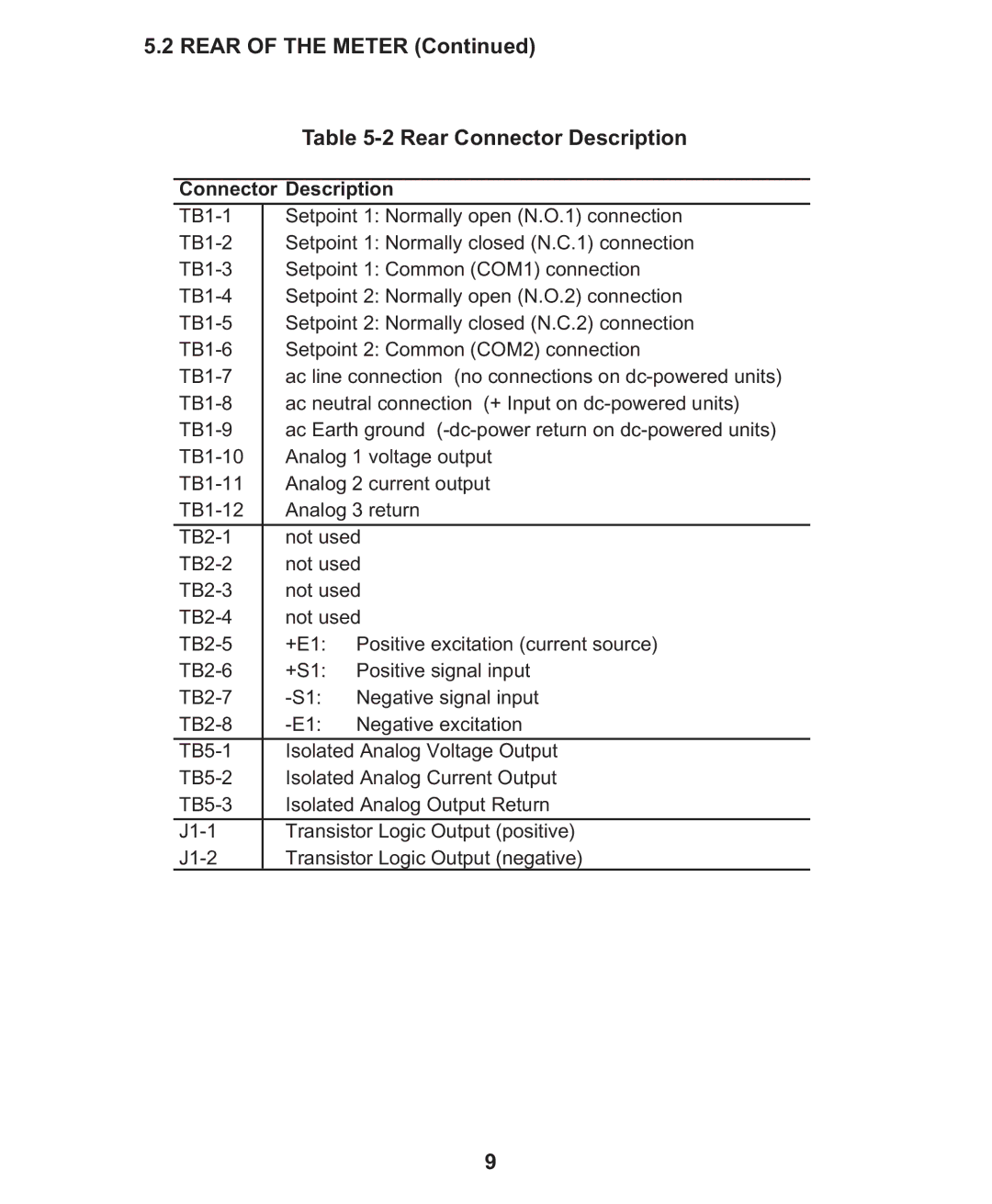CN1001-RTD specifications
The Omega Engineering CN1001-RTD is a highly regarded temperature sensing device renowned for its accuracy, durability, and versatility in industrial applications. RTD stands for Resistance Temperature Detector, which utilizes the principle that a material's electrical resistance changes with temperature. The CN1001-RTD exemplifies this technology, offering precise temperature measurement suited for various environments.One of the standout features of the CN1001-RTD is its exceptional temperature range, capable of functioning effectively between -200°C and 850°C. This extensive range enables the CN1001-RTD to be employed in diverse industries, from food processing to pharmaceuticals, automotive, and HVAC applications. Furthermore, its robust construction allows for reliable performance in challenging conditions, where exposure to moisture, chemicals, and mechanical stress is common.
The CN1001-RTD employs a 100-ohm platinum resistor, known for its linear resistance-temperature characteristics and stability. Platinum provides a very predictable change in resistance, making it suitable for high-precision applications. The sensor incorporates advanced materials and construction techniques to ensure minimal drift and consistent readings over time, thereby reducing the need for frequent calibration and maintenance.
In addition to its high accuracy, the Omega CN1001-RTD features a fast response time, allowing for quick temperature readings that are essential in dynamic processes. This rapid response is particularly valuable in applications where temperature variations can occur rapidly, ensuring that systems are responsive and can be adjusted accordingly.
The CN1001-RTD also includes a variety of installation options, making it adaptable to various environments and configurations. Whether it's being used in a laboratory setting or in harsh industrial environments, its design accommodates different mounting styles, including threaded, flanged, and insertion types. This flexibility enhances usability and makes it easier to integrate into existing setups.
Moreover, Omega Engineering provides comprehensive support and documentation for the CN1001-RTD, ensuring that users can leverage its capabilities to their fullest. The company emphasizes quality control and precision engineering, resulting in a product that is trusted by professionals across many industries. Overall, the Omega Engineering CN1001-RTD stands as a top choice for those seeking a reliable, accurate, and versatile temperature sensing solution.
